10 Places Where Artificial Turf Makes Practical Sense
Look past the unnaturalness of fake grass and see it as a problem-solver in balconies and urban courtyards
Artificial turf is a controversial topic. On one hand, it’s heralded as more environmentally friendly than a traditional lawn, because it doesn’t require water, fertiliser or mowing to look good. Another plus: Many manufacturers use recycled plastic bottles and tires to make synthetic grass. And with a variety of lengths, textures and colours to choose from, fake grass is getting closer in look and feel to the real thing.
That being said, artificial grass is not without its environmental drawbacks. While it cuts down on irrigation, it blankets your garden in plastic and requires a pollution-creating manufacturing process to reach your garden. It absorbs heat, which can cause off-gassing and make it uncomfortable to touch. For these reasons, it’s best not to consider artificial turf in warm climates where it will be in direct sun or close to walls that reflect heat.
While we’re not recommending installing synthetic grass to replace large expanses of lawn, using it in smaller applications has some merit. Given its durability, faux turf can be a real problem-solver in high-traffic areas of the garden, such as between walkway pavers or on driveway strips. Additionally, it can be used to bring green to balcony gardens and interior courtyards where real turf would be difficult to water and maintain.
That being said, artificial grass is not without its environmental drawbacks. While it cuts down on irrigation, it blankets your garden in plastic and requires a pollution-creating manufacturing process to reach your garden. It absorbs heat, which can cause off-gassing and make it uncomfortable to touch. For these reasons, it’s best not to consider artificial turf in warm climates where it will be in direct sun or close to walls that reflect heat.
While we’re not recommending installing synthetic grass to replace large expanses of lawn, using it in smaller applications has some merit. Given its durability, faux turf can be a real problem-solver in high-traffic areas of the garden, such as between walkway pavers or on driveway strips. Additionally, it can be used to bring green to balcony gardens and interior courtyards where real turf would be difficult to water and maintain.
Just imagine the hassle of clipping live grass on this narrow balcony off a Paris apartment. Conversely, artificial turf requires little maintenance and gives a laid-back feeling to this urban perch.
2. Give driveways some green
A narrow strip that runs beneath where a car is parked can be tricky to plant. The soil is often compacted from the weight of cars and not connected to garden irrigation systems. To get the look of a lush ground cover without the water or maintenance, install a strip of synthetic turf.
A narrow strip that runs beneath where a car is parked can be tricky to plant. The soil is often compacted from the weight of cars and not connected to garden irrigation systems. To get the look of a lush ground cover without the water or maintenance, install a strip of synthetic turf.
This home in Orange County, California, has fake turf set between flagstones and in the driveway strip. The effect is convincing enough that passersby could easily mistake this for a carefully maintained living driveway.
3. ‘Green up’ narrow side gardens
Synthetic grass can benefit tight areas that get heavy use. This side garden in Portland, Oregon, could have been entirely covered in concrete paving, but it would have looked much more utilitarian. Artificial turf gives a greener look but can still withstand foot traffic to the grill or a recycling bin’s being pulled from the backyard to the street.
Synthetic grass can benefit tight areas that get heavy use. This side garden in Portland, Oregon, could have been entirely covered in concrete paving, but it would have looked much more utilitarian. Artificial turf gives a greener look but can still withstand foot traffic to the grill or a recycling bin’s being pulled from the backyard to the street.
4. Set between pavers
Ground covers growing between pavers soften the hardscape and act as a transition from paved areas to the surrounding garden. While this is a great look, it can be difficult to maintain with living grass since pavers get in the way of the path of the mower. Artificial turf gives the same look without the need for mowing.
Ground covers growing between pavers soften the hardscape and act as a transition from paved areas to the surrounding garden. While this is a great look, it can be difficult to maintain with living grass since pavers get in the way of the path of the mower. Artificial turf gives the same look without the need for mowing.
In this Dallas backyard, artificial turf installed between cut stone pavers adds green to the patio without the maintenance needs of living grass.
5. Use as a soft surface for play
Artificial turf is tough enough to withstand heavy foot traffic but provides a cushy landing. Installed under a children’s swing set in this backyard in Brooklyn, New York, it acts as a landing pad that’s far softer than a deck or patio surface. Keep in mind that this application would be recommended only in areas away from direct sun or reflected heat, both of which can cause the turf to get uncomfortably warm for play.
Artificial turf is tough enough to withstand heavy foot traffic but provides a cushy landing. Installed under a children’s swing set in this backyard in Brooklyn, New York, it acts as a landing pad that’s far softer than a deck or patio surface. Keep in mind that this application would be recommended only in areas away from direct sun or reflected heat, both of which can cause the turf to get uncomfortably warm for play.
6. Add a patch of green to courtyards
Breaking up expanses of hardscape with soft artificial turf works well in small backyards. It might not be worth the trouble to get out the mower and maintain a 1.8 metres by 1.8 metres patch of grass in this Hampstead, London, courtyard. Artificial turf gives the same look of a lush area of green without the trouble.
Breaking up expanses of hardscape with soft artificial turf works well in small backyards. It might not be worth the trouble to get out the mower and maintain a 1.8 metres by 1.8 metres patch of grass in this Hampstead, London, courtyard. Artificial turf gives the same look of a lush area of green without the trouble.
7. Cover outdoor furniture
These playful poufs would undoubtably be a conversation-starter at any backyard party. Since faux turf is manufactured for outdoor use, it can stand up to exposure to the elements far better than most outdoor fabrics. Pick up a roll from your local home improvement store and cover outdoor cushions or ottomans for an unexpected accent.
These playful poufs would undoubtably be a conversation-starter at any backyard party. Since faux turf is manufactured for outdoor use, it can stand up to exposure to the elements far better than most outdoor fabrics. Pick up a roll from your local home improvement store and cover outdoor cushions or ottomans for an unexpected accent.
8. Create an easy clean-up surface for pets
Designed to be permeable to rainwater, fake grass absorbs liquid waste without discolouring. Remove solid waste by hand and hose down the area periodically to keep the surface clean.
Designed to be permeable to rainwater, fake grass absorbs liquid waste without discolouring. Remove solid waste by hand and hose down the area periodically to keep the surface clean.
9. Put it under outdoor furniture
Outdoor lounges, chairs and dining tables look inviting on soft grass, but it can be a chore to remove the setup for weekly mowing. For small areas, trade living lawn for artificial turf and you won’t need to move your furniture at all.
Outdoor lounges, chairs and dining tables look inviting on soft grass, but it can be a chore to remove the setup for weekly mowing. For small areas, trade living lawn for artificial turf and you won’t need to move your furniture at all.
10. Lay down a doormat
Synthetic grass is a useful material for transitioning from outside to indoors. Place a length of it as a doormat for guests to wipe their feet on before heading inside. Faux turf is tough, durable and can be hosed off when it gets muddy.
TELL US
Would you consider artificial turf in your home? If you have it already, share your photos with us in the Comments below.
MORE
So Faux So Good: Fake It With the Green, Green Grass of Home
Synthetic grass is a useful material for transitioning from outside to indoors. Place a length of it as a doormat for guests to wipe their feet on before heading inside. Faux turf is tough, durable and can be hosed off when it gets muddy.
TELL US
Would you consider artificial turf in your home? If you have it already, share your photos with us in the Comments below.
MORE
So Faux So Good: Fake It With the Green, Green Grass of Home



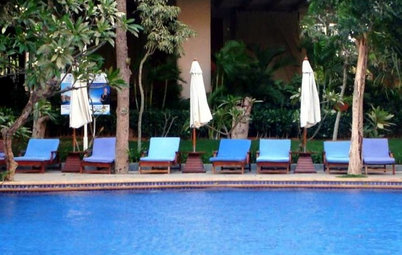
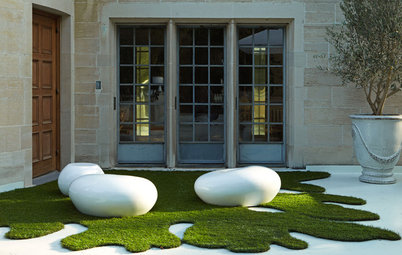

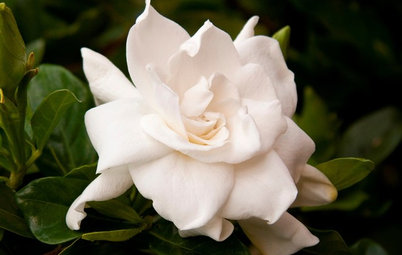
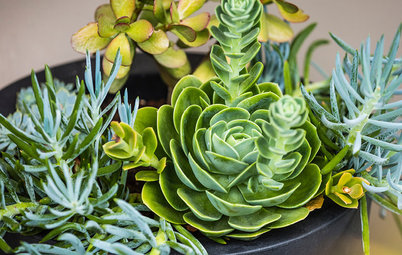
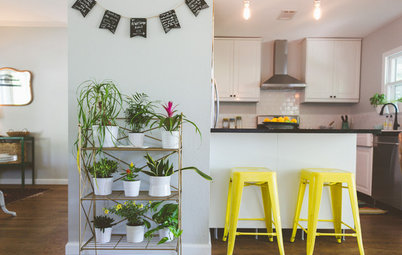
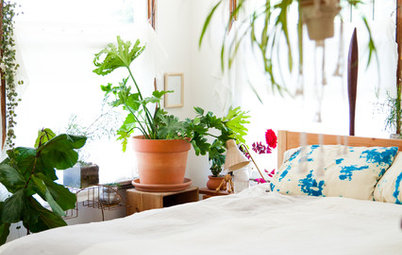
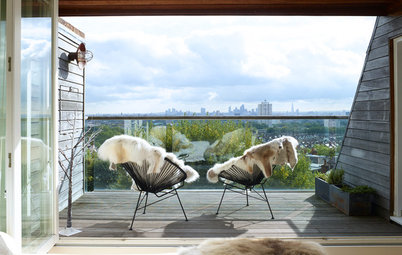
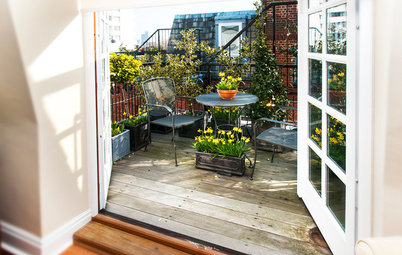
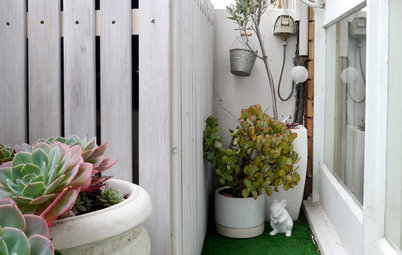
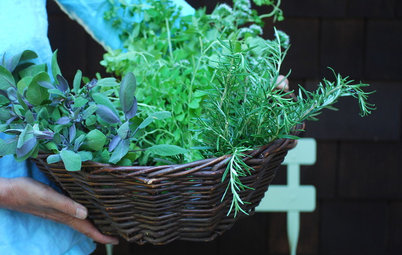
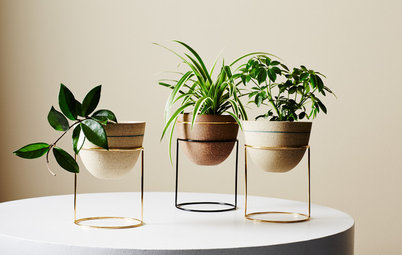
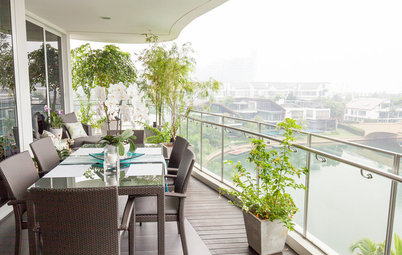
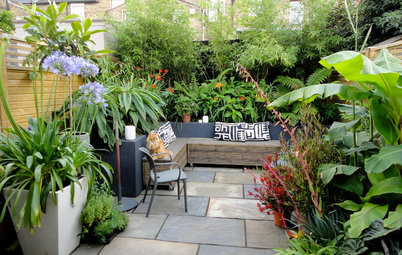
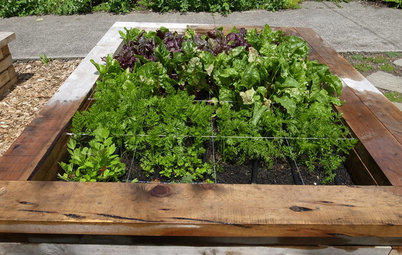
Lush potted plants and the illusion of grass can transform an urban terrace into a garden. Synthetic turf can be a great solution for balconies and rooftop gardens where it could be impractical to grow and maintain a living ground cover. Here, an artificial turf rug set beneath the table looks soft and inviting for bare feet.